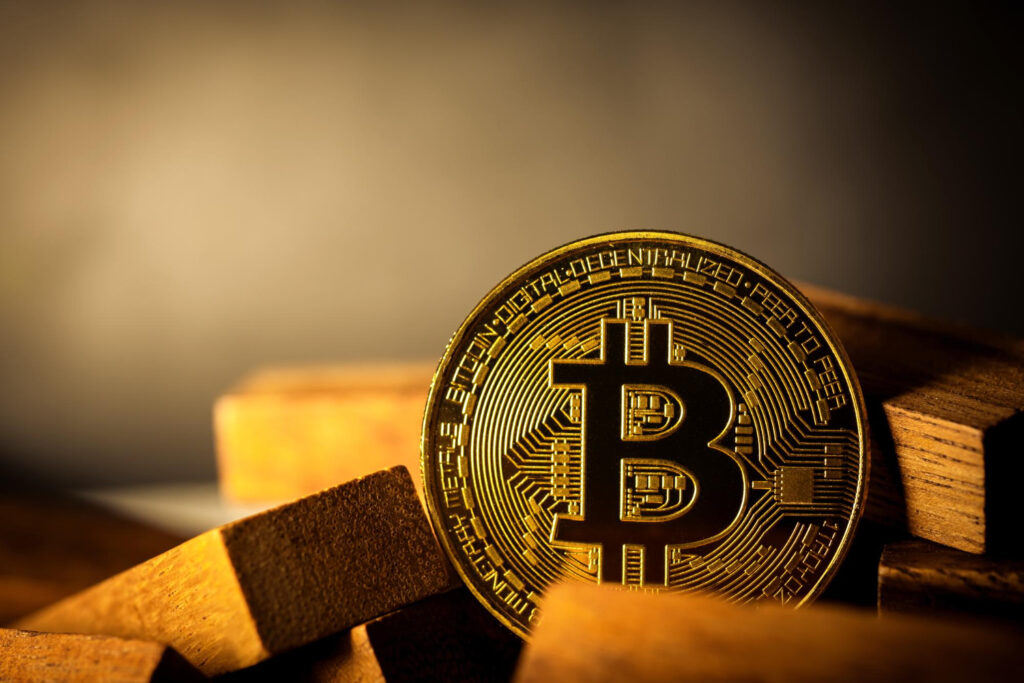Bitcoin has evolved from a peer-to-peer electronic cash system to a mainstream financial asset that has attracted the interest of institutions, corporations, and even governments.
This decade-and-a-half-long journey has been nothing short of extraordinary.
The revolution began with the idea of breaking free from the restraints of the traditional financial (TradFi) systems and replacing them with an open, transparent, and decentralized future.
Unlike the TradFi world, dominated by centralized institutions and governments, the movement behind Bitcoin is built on removing capricious gatekeepers and giving individuals complete control over their money and financial futures.
”One of the most fundamental things about Bitcoin is its decentralization—both in terms of protocol governance and monetary issuance. That’s a feature embedded at the protocol level,” said Rich Rines, Initial Contributor at Core DAO.
Shifting power to distributed groups is critical in preventing a handful of people from exerting control over the majority. Beyond the risk of extractive rent-seekers, centralization tends to stifle innovation and punish small players.
Although Bitcoin began as a fringe asset rebelling against the centuries-old financial system, it has come a long way, becoming the cornerstone of global finance.
Why Decentralization Matters Now More Than Ever
As Bitcoin shifts from a countercultural movement to a trillion-dollar asset, the question isn’t if institutions are coming but how they will reshape its role in global finance as they come en masse.
In this cycle, Bitcoin has finally solidified its place as a legitimate financial asset.
While Bitcoin futures and other regulated investment products have already been gaining a spot in institutional portfolios for some time, it was the approval of Spot Bitcoin ETFs that accelerated BTC’s adoption among TradFi.
Positioning itself as a store of value, the asset, widely recognized as digital gold, is currently held by large financial institutions, public companies, and even state-backed entities in their treasuries. Collectively, they own more than 10% of Bitcoin’s total supply.
While the US, China, and the UK are holding BTC seized from criminals, El Salvador and Bhutan have actively bought it as a reserve asset to attract investment, boost financial inclusion, diversify sovereign wealth, and fund renewable energy projects.
The US, meanwhile, has taken several initiatives, including signing an executive order to create a Strategic Bitcoin Reserve, introducing legislation to institutionalize its storage and management, and easing regulatory pressure to support the sector’s development and growth.
Many governments, however, are still wary of Bitcoin’s potential to undermine their control over national currencies, and to counteract that, some are launching their own central bank digital currencies (CBDCs) to maintain a degree of control over their financial systems while still harnessing the benefits of digital currency.
CBDCs, however, present risks of financial censorship, loss of privacy with every transaction being tracked, hacks or system failures, and increased government overreach.
So, it is now, against this backdrop of broad adoption, that the decentralized nature of Bitcoin holds more significance than ever. It is critical for the $2 trillion market cap cryptocurrency to maintain its decentralized roots in this era, marked by Bitcoin becoming institutional and politicized.
Bitcoin’s Edge of Scarcity, Predictability, and Trustlessness
Independent of central banks and financial institutions, Bitcoin offers a new way to secure and transfer value, anywhere in the world, outside the control of any single entity.
With no central authority in charge, there is no need for any approval to create a new Bitcoin address and transact. This is done through the distributed ledger known as the blockchain, which records all Bitcoin transactions.
Every transaction is tracked on the blockchain, which is distributed across the entire network. Notably, anyone can become part of this network.
On top of that, there will only ever be 21 million BTC and not a single satoshi (SAT) more.
This fixed capped supply creates scarcity, protecting Bitcoin against inflation. As demand rises, it supports long-term value growth. More importantly, the fact that this decentralized, rules-based monetary policy cannot be manipulated provides predictability and builds trust among holders.
There is simply no other network in the ecosystem better than Bitcoin at securing value through decentralization and maintaining trust without intermediaries.
As Rines of Core DAO noted, while Ethereum “is more decentralized than many others,” it is Bitcoin’s consensus mechanism that is “trustless and programmatic,” making it stand out in the crypto crowd.
The emergence of Layer 2s and DeFi, including lending, borrowing, and yield generation, also shows that innovation is happening on Bitcoin while its original ethos is still intact.
So, even as large corporations and governments are gobbling up an increasing amount of BTC, the underlying network remains as strong, resilient, and decentralized as ever. In today’s digitized world, where CBDCs, tighter regulations, and censorship pose real dangers, Bitcoin’s uncompromising decentralization stands out as proof that true decentralization can safeguard financial freedom.
This industry announcement article is for informational and educational purposes only and does not constitute financial or investment advice.













